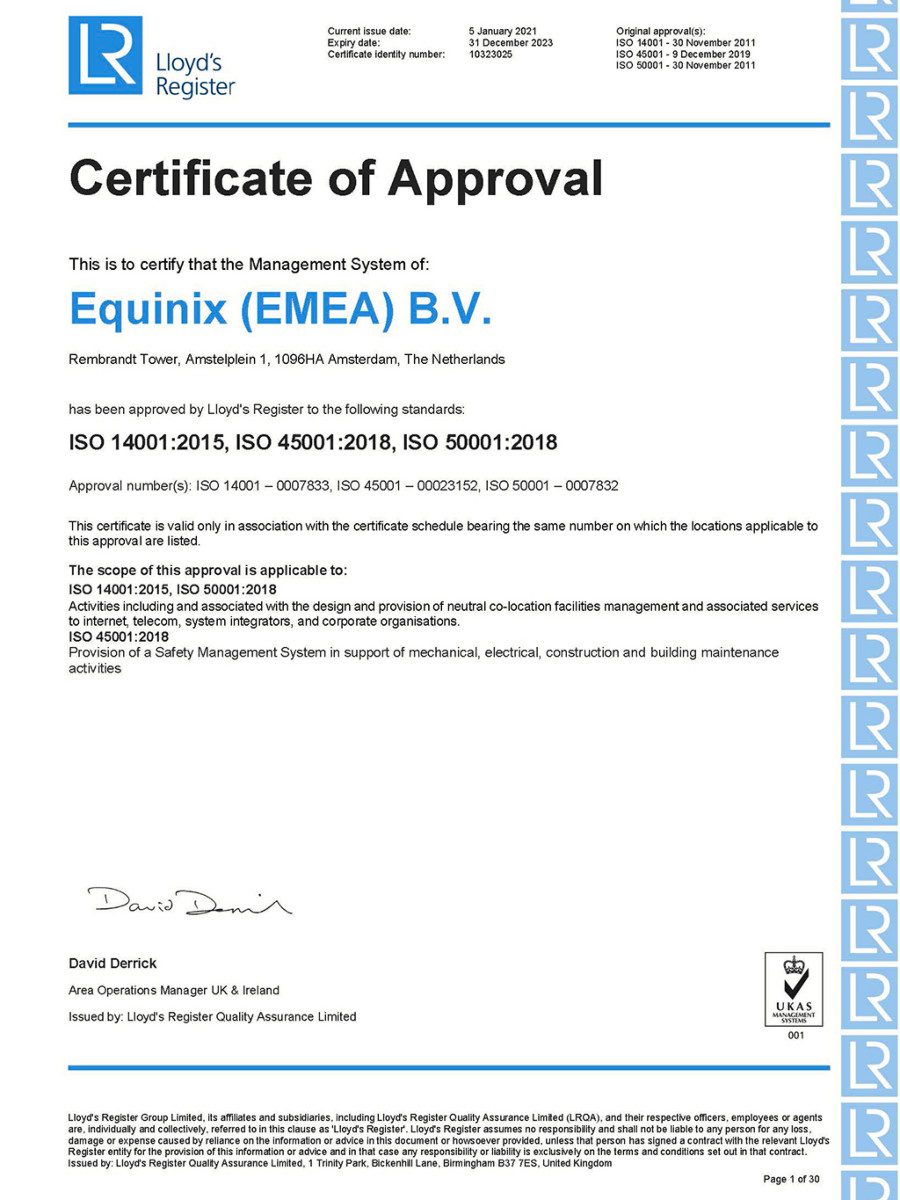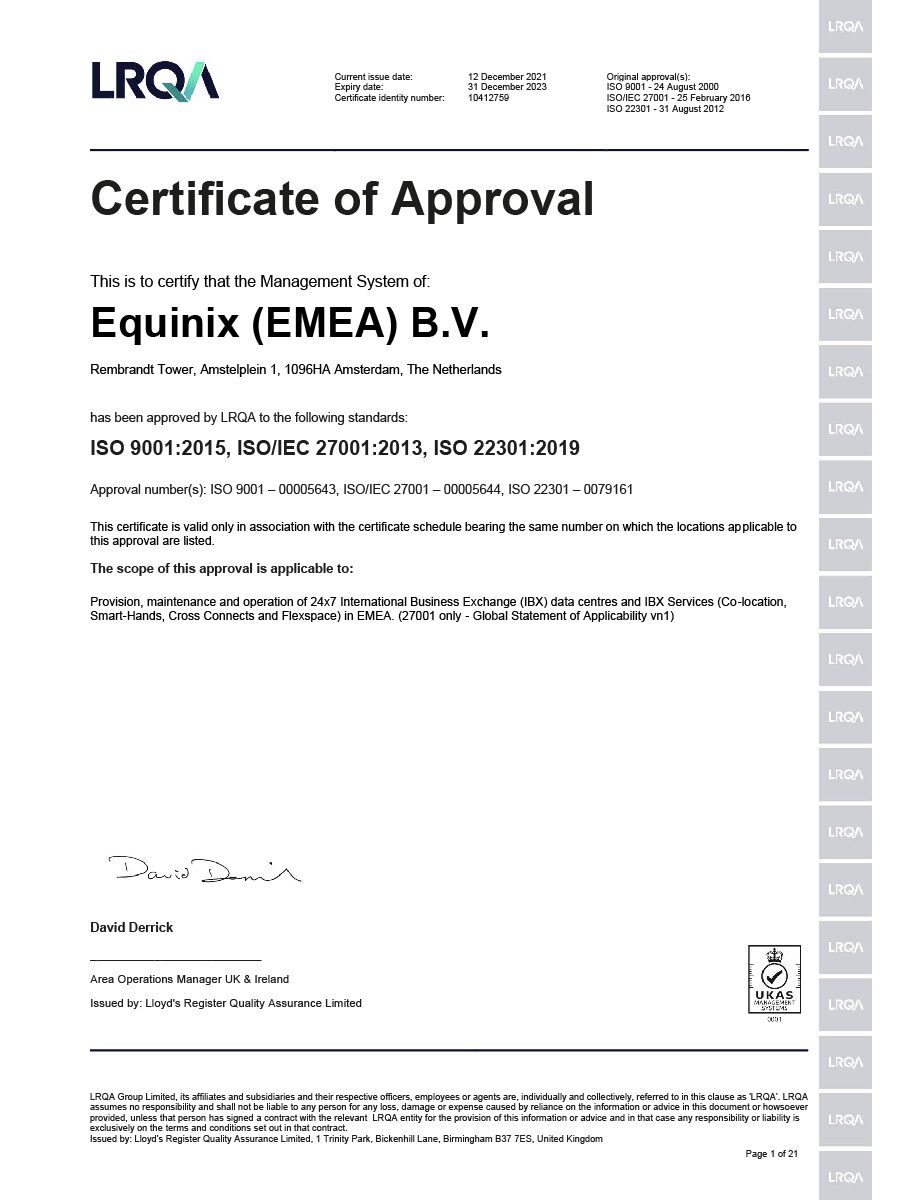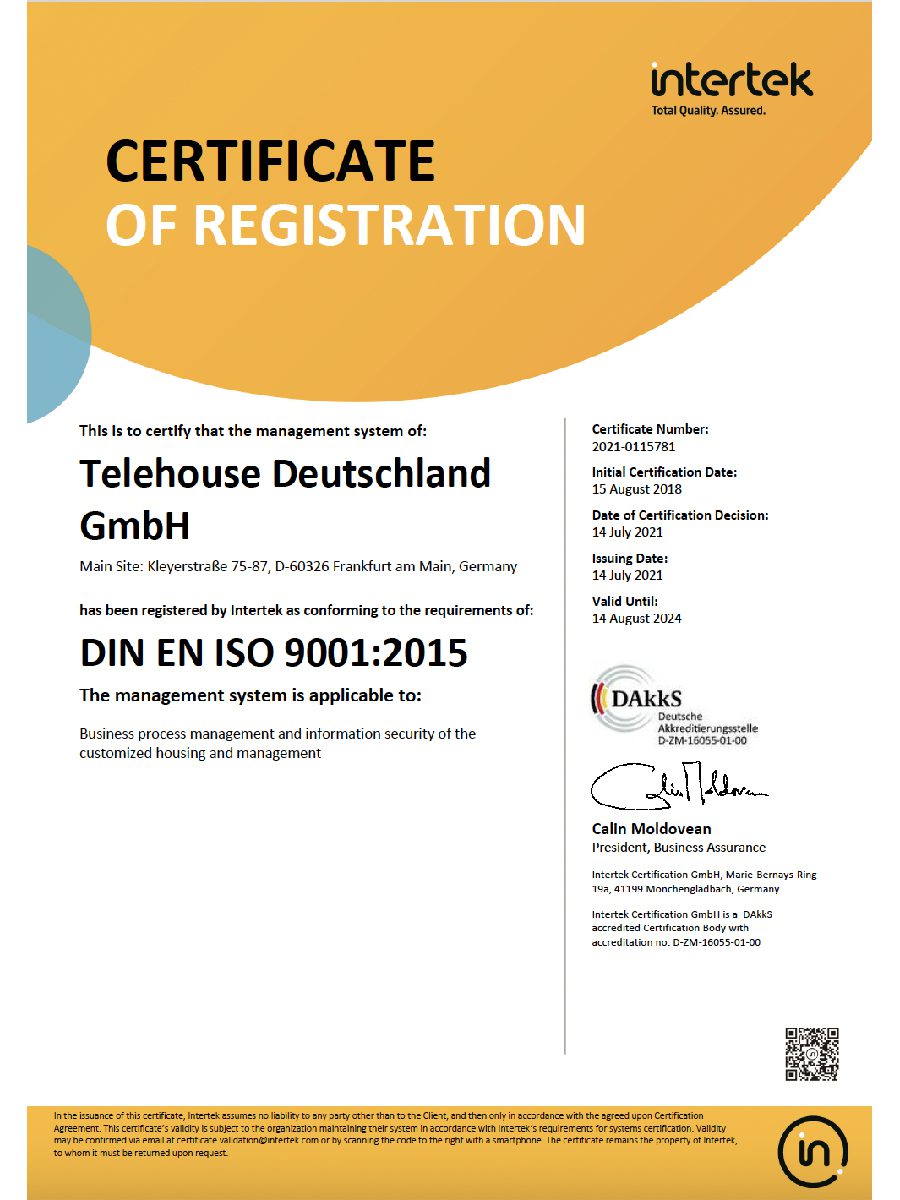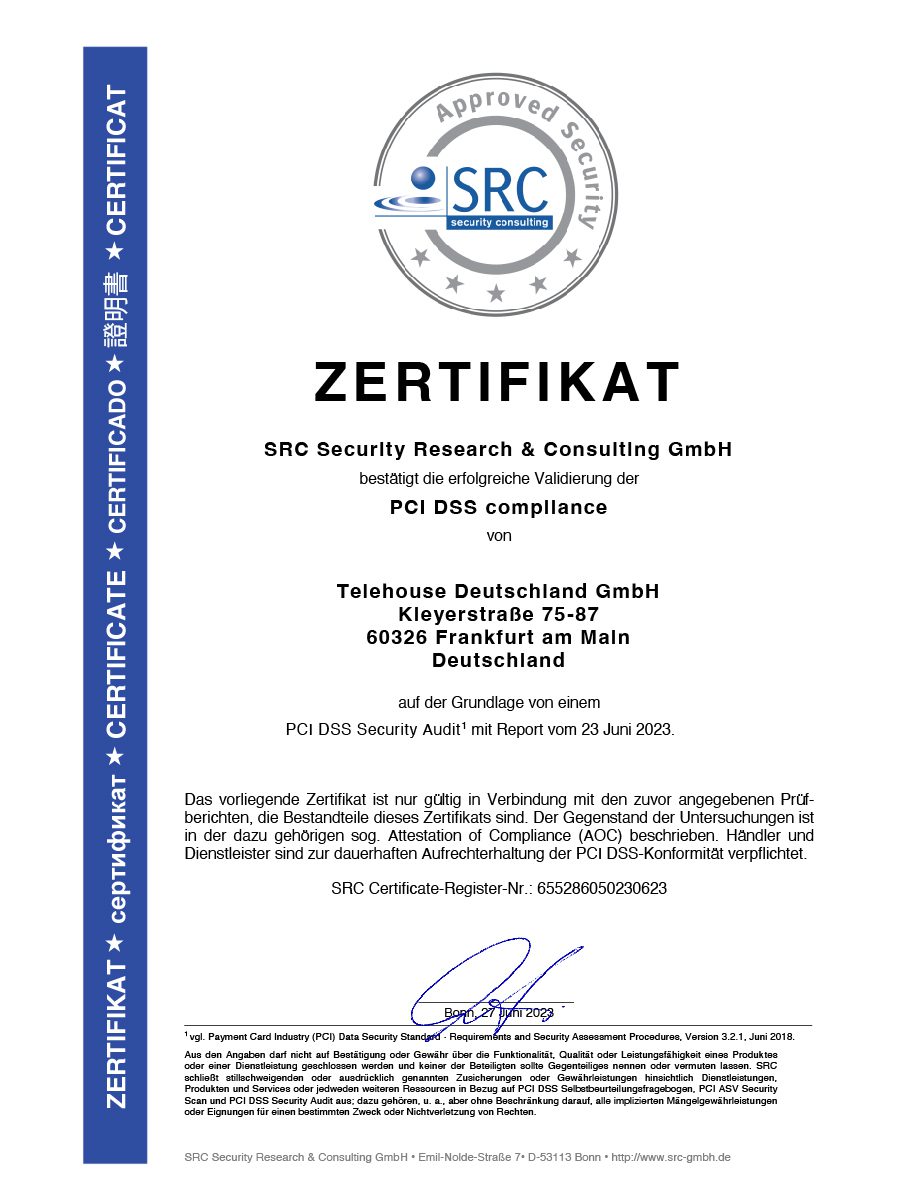DRaaS — аварийное восстановление IT-инфраструктуры
Disaster Recovery as a Service — услуга послеаварийного восстановления IT-инфраструктуры с полной оплатой только при наступлении инцидента. В случае аварии вы получите работающую копию своей инфраструктуры на резервной отказоустойчивой площадке Colobridge. ЗаказатьПолучить консультациюЗаказ услуги
Заказ звонка
Заказ услуги

Преимущества DRaaS
Быстрое восстановление работоспособности виртуальных серверов
Ваши виртуальные серверы будут непрерывно реплицироваться в облачный репозиторий Colobridge. Вы сможете быстро запустить все или часть серверов в облаке VMware / Hyper-V, если в основном дата-центре произойдет сбой или IT-инфраструктура окажется недоступной.
Сокращение затрат на восстановление IT-инфраструктуры
На условиях полной оплаты виртуальные ресурсы будут гарантировано зарезервированы под вашу IT-инфраструктуру и в любой момент вы самостоятельно начнете восстановление в облако. В целях экономии можно отказаться от резервирования виртуальных ресурсов, но все равно получить их в случае аварии: уже без гарантий со стороны провайдера (только если необходимый пул ресурсов будет свободен) и с привлечением сотрудников поддержки.
Почему Colobridge
Безопасность информации на законодательном уровне Германии
Дата-центры входят в «Топ 3 лучших ДЦ-операторов мира»
Многоязычная экспертиза и профессиональное техническое сопровождение 24×7×365
Высокое качество обслуживания — 4,9 баллов. Ответ службы поддержки — до 15 минут
Отзывы и наши клиенты
Компания Colobridge зарекомендовала себя как надежного и профессионального партнера в сфере оказания услуг в области информационных технологий. Услуги предоставляются с соблюдением установленных сроков, показателей качества, своевременно и профессионально.
В работе с Colobridge GmbH нас радует быстрота реакции технической поддержки по любому вопросу или инциденту, а также — профессиональное решение локальных проблем с оборудованием. При этом Colobridge предлагает понятный порядок взаимодействия Исполнитель-Заказчик.


































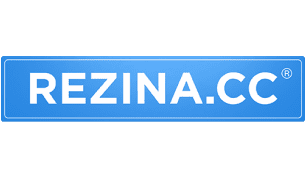







































































Преимущества аварийного восстановления данных DRaaS
Любая частота создания и количество точек восстановления
Наличие нескольких точек восстановления позволяет восстановить данные, используя последнюю работоспособную копию. Количество точек восстановления (глубину архива) и частоту их создания вы выбираете самостоятельно или исходя из наших рекомендаций, составленных с учетом бюджета и специфики бизнеса.
Надежность и безопасность
Все данные на платформе Colobridge защищены на физическом, юридическом уровнях и от несанкционированного доступа третьих лиц, включая сотрудников нашей компании. При необходимости вы можете использовать дополнительное шифрование данных.
Простое масштабирование по мере роста бизнеса
В рамках услуги DRaaS вы можете арендовать от одной до нескольких десятков виртуальных машин и любой объем вычислительных ресурсов на старте и далее масштабировать это решение по мере роста компании.
Silver-статус партнера Veeam
Компания Colobridge является серебряным партнером Veeam — ведущего разработчика программных решений для резервного копирования, управления и восстановления данных. Инструментам, которые мы используем при реализации сервисов BaaS/DRaaS от Veeam, доверяют тысячи партнеров и десятки тысяч клиентов во всем мире.
Встроенные инструменты резервного копирования
Репликация виртуальных серверов в облако Colobridge не отменяет необходимости создания и хранения бэкапов (услуга резервного копирования в облако). Все эти услуги можно использовать одновременно: «горячие данные» реплицировать раз в несколько часов и хранить 2-3 дня, а для остальных делать ежедневные резервные копии и хранить их 7 или более дней.
Помощь в составлении плана аварийного восстановления
Залогом эффективного восстановления в случае аварии является правильно составленный и верифицированный план Disaster Recovery (DRP — Disaster Recovery Plan). Мы предоставим вам инструментарий и IT-экспертизу, которые позволят подготовить DRP в соответствии с требованиями бизнеса.
Тестирование послеаварийного восстановления
Проведение тестов является неотъемлемой частью реализации стратегии Disaster Recovery. С учетом результатов тестирования можно разработать реальный сценарий послеаварийного восстановления, который гарантированно сработает в нужный момент при наступлении инцидента.
Часто задаваемые вопросы про DRaaS
В чем отличие послеаварийного восстановления в облако от восстановления из резервной копии?
В первом случае речь идет об услуге DRaaS, во втором — BaaS. Вот несколько ключевых отличий между ними:
- С BaaS вы получаете облачный репозиторий для хранения бэкапов, а с DRaaS — зеркалирование IT-инфраструктуры в облаке провайдера и возможность запускать виртуальные серверы в автоматическом режиме.
- DRaaS обеспечивает более быстрое включение необходимой точки восстановления IT-инфраструктуры и возврат к нормальному режиму работы, поскольку данные размещаются на продуктивном хранилище, а не хранятся в заархивированном виде.
- У DRaaS больше настроек и они позволяют более гибко управлять резервными копиями, частотой их создания и параметрами восстановления. Сервис BaaS поддерживает резервное копирование физических серверов, в то время как решение для аварийного восстановления DRaaS — репликацию только виртуальных машин.
Кому необходима услуга аварийного восстановления в облако DRaaS?
От чего зависит стоимость услуги послеаварийного восстановления?
RTO (Recovery time objective, «целевое время восстановления») — это период времени, в течение которого IT-инфраструктура будет оставаться недоступной в случае аварии или другого инцидента. Допустимое значение RTO определяется спецификой и потребностями бизнеса. RPO (Recovery point objective, «целевая точка восстановления») — это период времени, за который данные могут быть потеряны в результате аварии или другого инцидента без серьезного вреда для бизнеса. Если RPO равняется двум часам, то резервное копирование выполняется раз в два часа. Соответственно, восстановленная IT-инфраструктура будет содержать изменения, которые произошли не более чем два часа назад (фактически это может быть и 10 или 30 минут, но не может быть 2 часа 5 минут).
Чем меньше RTO и RPO, тем дороже услуга аварийного восстановления ИТ-инфраструктуры. Мгновенное восстановление реализовать технически возможно, но затраты и сложность реализации такого проекта могут быть несоизмеримыми с экономическим эффектом для бизнеса. Выбирая оптимальное решение, необходимо прийти к компромиссу между расходами на обеспечение катастрофоустойчивости IT-инфраструктуры и убытками, которые понесет компания в результате аварии или другого инцидента.
Зачем мне сервис DRaaS, если я регулярно делаю бэкапы?
Одним компаниям действительно не нужна стратегия восстановления данных Disaster Recovery, однако другие могут понести серьезные убытки, если ограничат ее только созданием резервных копий по расписанию. При наступлении инцидента (авария, кража, стихийное бедствие) компания обычно сталкивается с необходимостью поиска площадки, на которой можно быстро восстановить рабочую копию IT-инфраструктуры. Оперативно разворачивая ее в облаке в рамках услуги DRaaS, вы защищаете бизнес от простоев, которые могут оказаться критичными, в то время как BaaS предотвращает только потерю важных данных.
Что я могу настроить в параметрах аварийного восстановления инфраструктуры?
Можно ли реализовать аварийное восстановление IT-инфраструктуры (DRaaS) в облаке VMware?
Да, это можно реализовать на платформе Colobridge. Компания VMware является ведущим разработчиком решений для виртуализации. Облако на VMware обладает необходимой гибкостью, безопасностью и функциональностью для того, чтобы использовать его для аварийного восстановления IT-инфраструктуры и в конечном итоге обезопасить себя от сбоев, способных привести к потере критичных для бизнеса данных.
Полезное по теме
Корпоративные ИТ
Private Cloud или IaaS: куда лучше перенести IT-инфраструктуру?
Корпоративные ИТ
Надежно и безопасно: почему бизнес хранит данные в европейских дата-центрах


